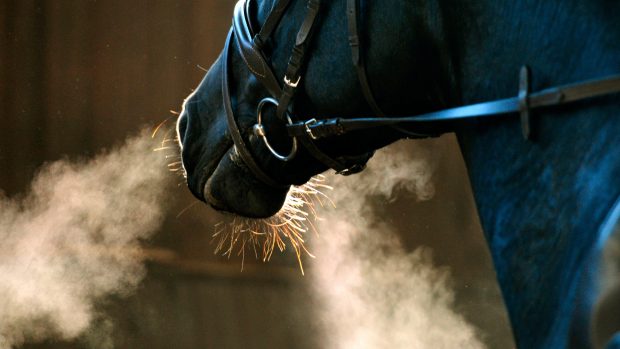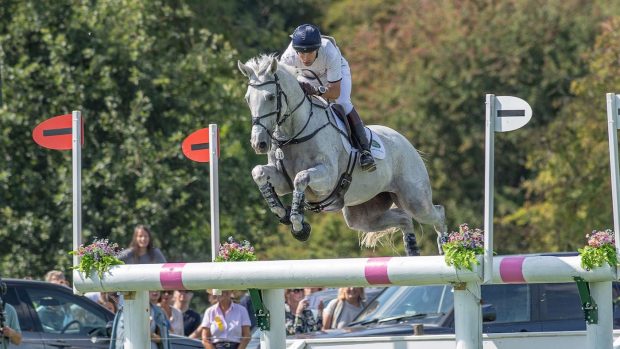More veterinary advice
Other articles on respiratory problems
Mild respiratory problems have often been overlooked in show jumping, but recent research has shown that breathlessness could limit equine performance more than originally thought
For every stride a horse takes in canter and gallop it takes one breath. Unlike in walk and trot, where inhalation and exhalation occur independently of the steps, in the two fastest gaits breathing and stride are locked together in perfect synchrony.
It stands to reason, therefore, that if a horse has trouble moving air in and out of its lungs it will have an effect on stride pattern.
So if your horse is struggling to catch his breath, what can we do about it?
Ways to optimise respiratory efficacy
• Make sure that you give your horse adequate time to warm up. During exercise the horse relies on the contraction of its spleen to push more red blood cells into circulation to carry more oxygen.
Not warming up your horse can mean the spleen won’t release as many red blood cells, thus limiting the amount of oxygen and causing earlier fatigue.
If the warm-up is too intense, this can result in the horse using up large amounts of glycogen and production of a high level of lactic acid may result in fatigue during the round.
• Consider getting your horse scoped by your vet once or twice every season, particularly
in advance of any major competition or long journey.
• Ensure that if your horse starts making any abnormal respiratory noise you get it investigated for upper airway obstructions such as roaring (laryngeal paralysis), which may be compromising equine performance.
• If your horse has a breathing problem, consider using equine nasal strips if your vet agrees.
These are scientifically proven to reduce the resistance to air movement through the nasal passages, which will mean the horse has to put less effort into breathing and can concentrate on jumping.
Nasal strips have also been proven to reduce bleeding during exercise.
For the full article on respiratory problems and equine performance, see the current issue of Horse & Hound (19 March, ’09)
Looking for more veterinary advice?
Want to see other articles on respiratory problems?



